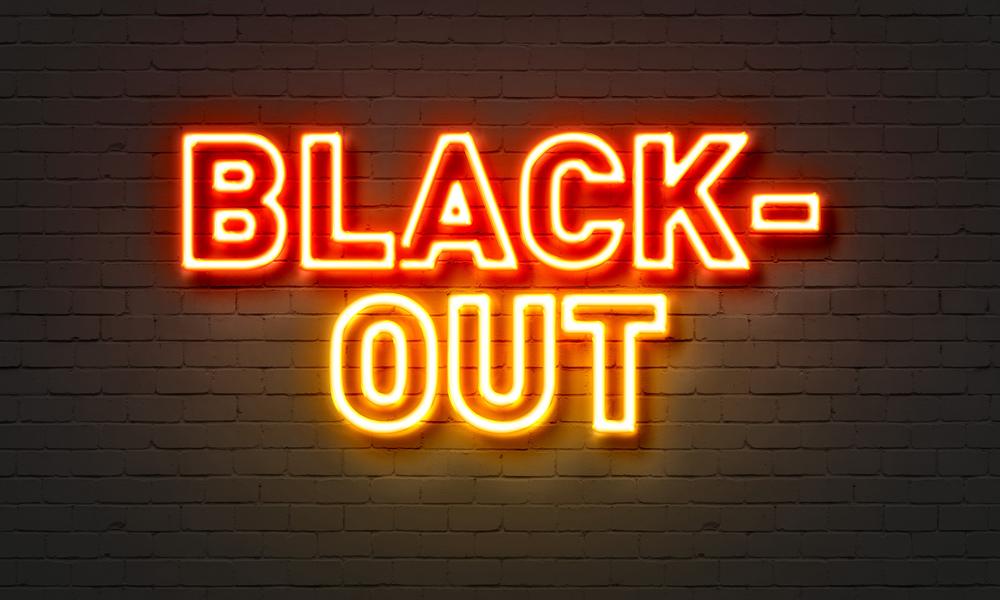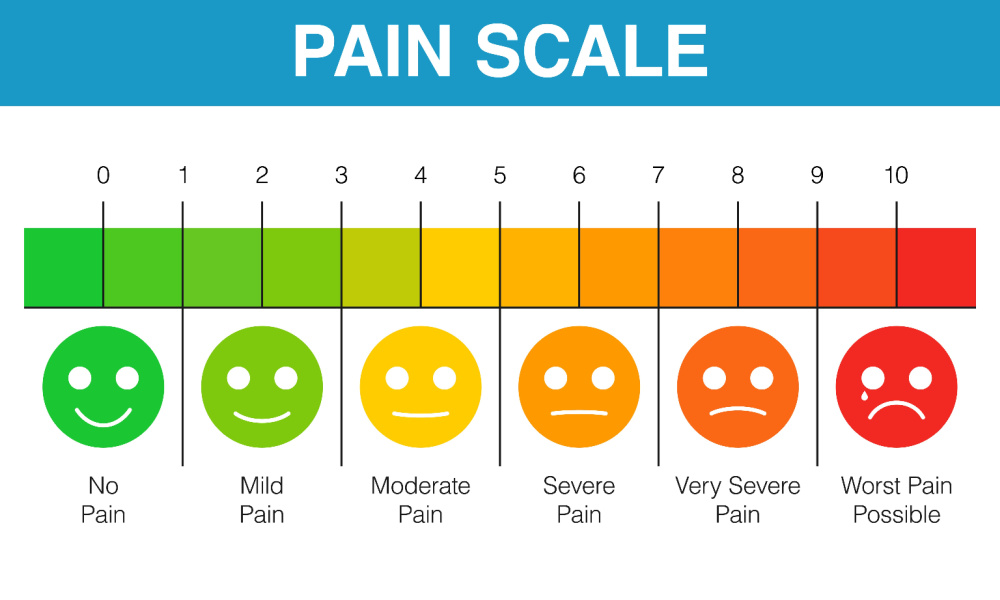Why Rideshare Accidents Are More Dangerous Than You Think
There are several reasons why crashes involving Uber or other ride-sharing vehicles may be more dangerous than those involving traditional passenger vehicles: Lack of proper training: Many Uber drivers are not professionally trained to operate a vehicle and may not have the same level of knowledge about safe driving practices as a licensed taxi or chauffeur. Distractions: Uber drivers may be more prone to distractions, such as checking their phone for updates or directions, which can increase the risk of a crash. Longer working hours: Uber drivers may work longer hours, which can lead to fatigue and increase the risk of a crash. Vehicle maintenance: Uber drivers are responsible for maintaining their own vehicles, which may not always be in the best condition. This can increase the risk of mechanical failure or other issues that could lead to a crash. Insurance issues: There have been concerns about the adequacy of insurance coverage for Uber drivers and passengers in the event of a crash. This can make it more difficult for those involved in a crash to receive proper compensation for their injuries or damages. Overall, it is important for all drivers, including Uber drivers, to prioritize safety and follow traffic laws to reduce the risk of crashes. If you are in a car accident involvig an Uber or other ride sharing company, contact a car accident attorney with Tucker Law right away at 1-8oo-TUCKERWINS.






